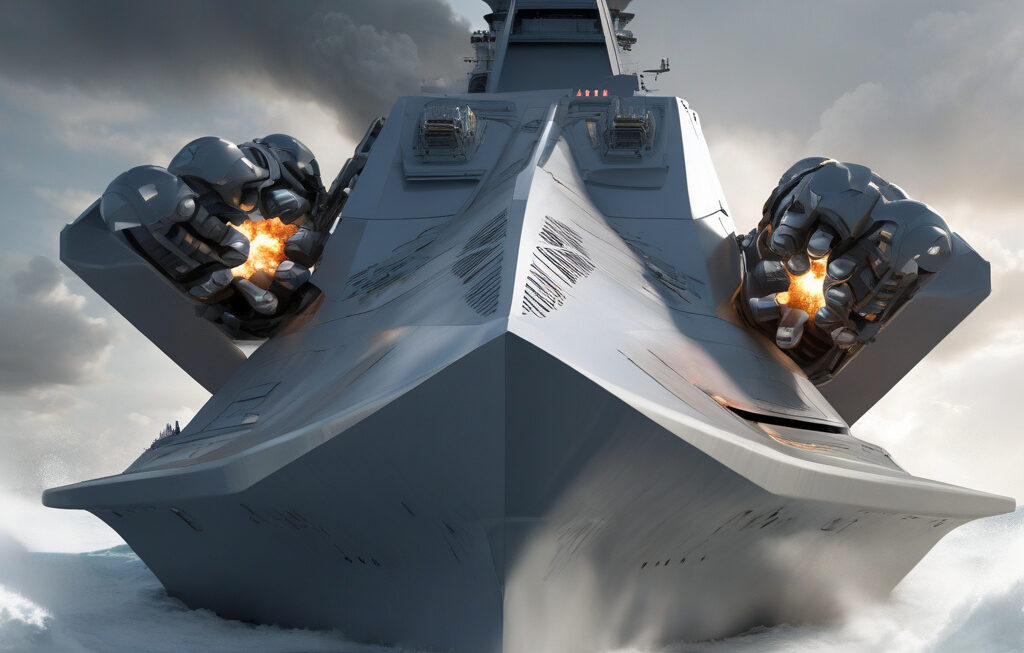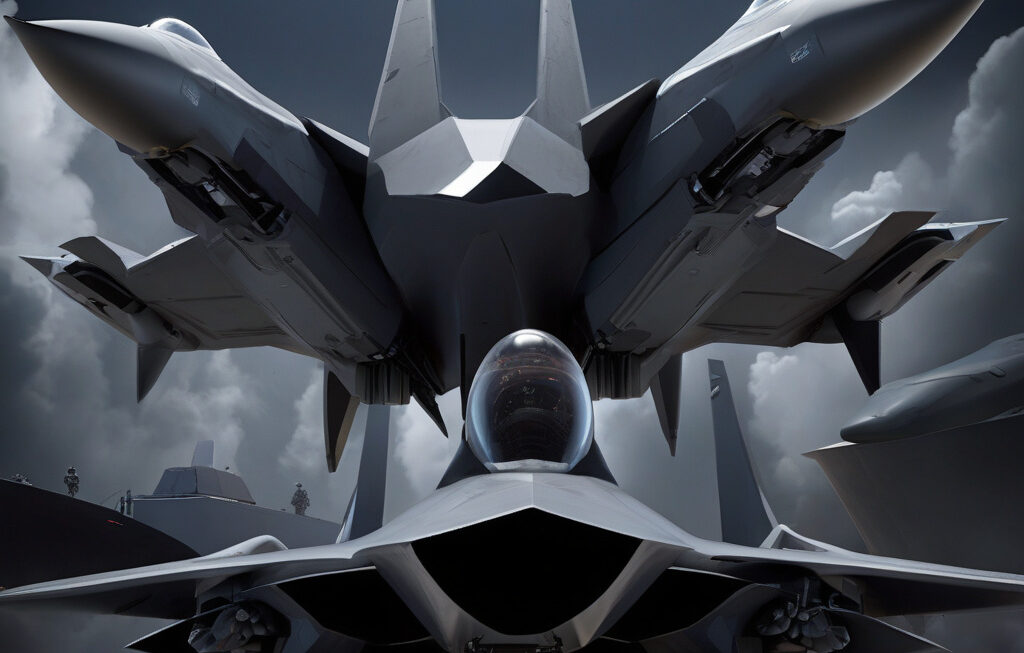Drone and Missile Capabilities Converge in New US-UK Firms’ Uncrewed System
United Kingdom-based BAE Systems and United States-based Lockheed Martin have announced a one-of-a-kind tie-up between two defense giants. Their collaboration aims to merge drone and missile technologies, paving the way for a groundbreaking uncrewed system that could reshape the future of warfare.
This strategic partnership capitalizes on the strengths of both companies. BAE Systems brings to the table its expertise in developing advanced defense systems, while Lockheed Martin is known for its cutting-edge missile technology. By combining forces, they seek to create a versatile and lethal uncrewed system that can perform a wide range of missions with precision and efficiency.
One of the key objectives of this collaboration is to blur the lines between traditional drones and missiles. The new uncrewed system is expected to possess the speed and agility of a drone while packing the destructive power of a missile. This hybrid capability could revolutionize military operations, offering a cost-effective and flexible solution for various defense challenges.
The integration of drone and missile capabilities in this new system opens up a host of possibilities for the defense industry. For instance, it could enhance the effectiveness of precision strikes against high-value targets, minimize collateral damage, and provide real-time intelligence, surveillance, and reconnaissance capabilities in hostile environments.
Moreover, the convergence of these technologies could lead to the development of autonomous systems that can operate independently or collaboratively with manned platforms. This synergy between human-operated and uncrewed systems has the potential to enhance the overall operational effectiveness of military forces, enabling them to adapt to evolving threats and scenarios rapidly.
In addition to its military applications, the new uncrewed system could find use in various civilian sectors, such as border security, disaster response, and environmental monitoring. Its advanced capabilities make it well-suited for tasks that require rapid decision-making, long-endurance flights, and precise target engagement.
The US-UK firms’ collaboration on this innovative project underscores the importance of international partnerships in driving technological advancements. By pooling their resources, expertise, and technological know-how, BAE Systems and Lockheed Martin are not only pushing the boundaries of innovation but also strengthening transatlantic defense cooperation.
As the development of the new uncrewed system progresses, it is essential to address potential challenges, such as regulatory hurdles, ethical considerations, and cybersecurity risks. Ensuring the responsible and ethical use of this technology will be paramount to its acceptance and integration into existing defense frameworks.
In conclusion, the convergence of drone and missile capabilities in the new US-UK firms’ uncrewed system represents a significant leap forward in defense technology. By harnessing the strengths of both companies and pushing the boundaries of innovation, this collaboration has the potential to reshape the future of warfare and security.
#DefenseTechnology, #USUKCollaboration, #UncrewedSystem, #MilitaryInnovation, #FutureOfWarfare












